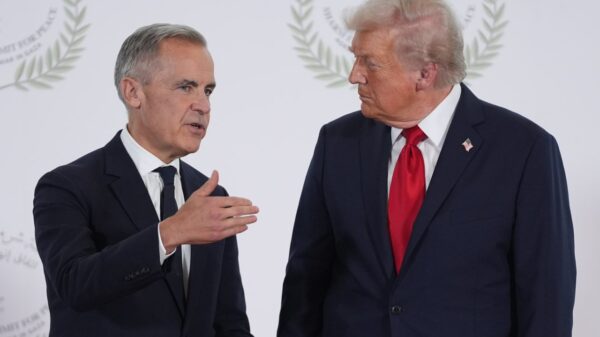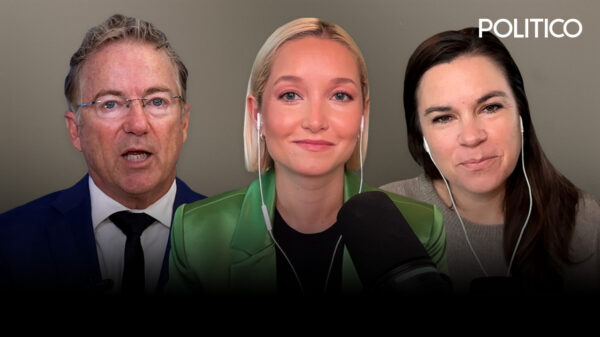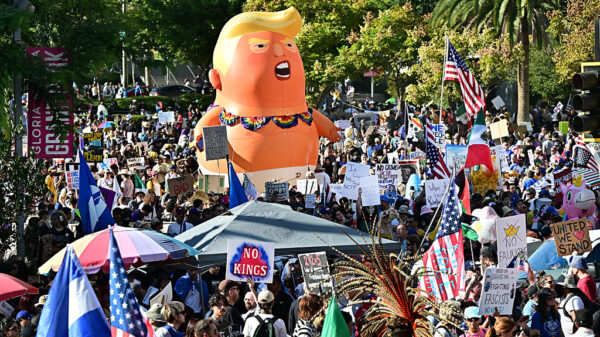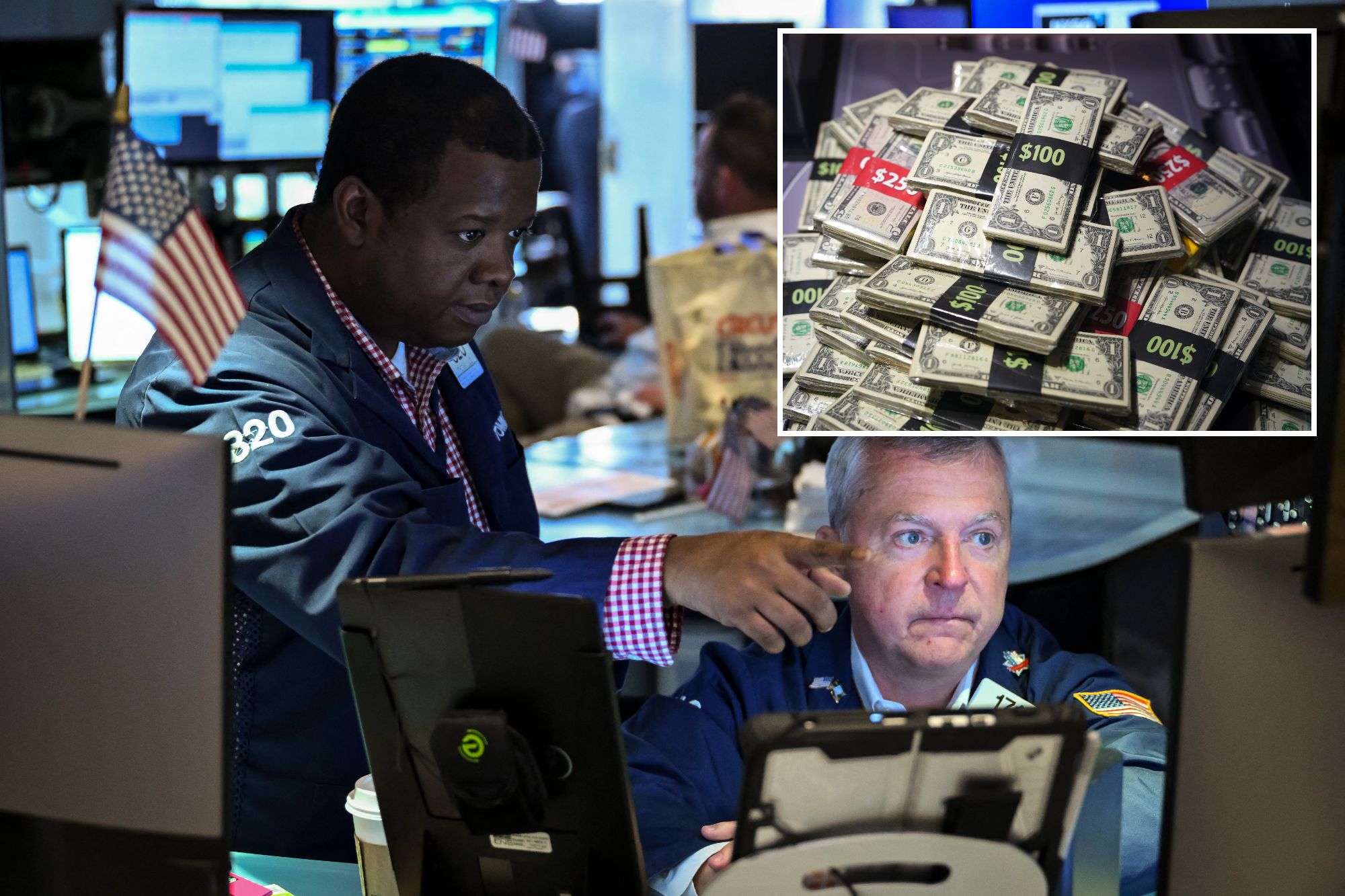URGENT UPDATE: The US dollar is experiencing unprecedented weakness, logging what many analysts are calling its “worst first half ever” as it falters against key currencies like the euro, British pound, and Canada’s loonie. This alarming trend raises significant concerns over the stability of US stocks, which some fear could be overwhelmed by growing uncertainty.
As of July 2025, the dollar has plunged approximately 7.9% this year. Market bears argue that this drop reflects faltering confidence in US assets, suggesting that the bullish rebound seen since April may soon reverse. However, experts like Ken Fisher, founder of Fisher Investments, argue that currency fluctuations have historically shown no reliable correlation with stock market performance.
The immediate impact of a weak dollar is felt broadly across the economy. Investors are anxious that rising import costs could fuel inflation, while a strong dollar might threaten corporate profits from exports. Fisher notes that US stocks have historically risen in 44 of 56 calendar years since 1968, with no clear pattern emerging between dollar strength or weakness and stock performance.
Current data reveals a strikingly neutral correlation between the dollar’s value and US stocks. Despite the panic surrounding the dollar’s decline, Fisher emphasizes that corporate leaders are well-versed in currency hedging, mitigating potential fallout from currency fluctuations.
Political dynamics also play a role in this narrative. President Trump has publicly stated a preference for a strong dollar but acknowledged the profit potential of a weak dollar. His nominee for the Federal Reserve’s temporary opening, Stephen Miran, has been vocal in advocating for a weaker dollar and even suggested eliminating the dollar as the world’s reserve currency.
Historically, the dollar has weakened significantly during Republican presidencies. Since Richard Nixon’s inauguration in 1969, the dollar declined in 75% of Republican terms, strengthening only in their fourth years. This trend parallels the current dollar weakness, which mirrors the 9.1% drop during Trump’s first term through July 2017.
Despite the current turbulence, Fisher urges investors to remain calm, asserting that currency values tend to balance out over time. He points out that, over the past 40 years, the dollar has experienced cyclical fluctuations, yet has remained within tight ranges against most currencies.
As the dollar continues to struggle, the global market remains resilient. Fisher encourages investors to focus on long-term strategies rather than succumbing to short-term fears.
Looking ahead, market watchers will closely monitor the dollar’s trajectory and its potential implications for both domestic and global economies. With the stock market’s future at stake, the developments surrounding the dollar will be pivotal in shaping investor sentiment and economic policy.
Stay tuned for more updates as this situation unfolds.




































































